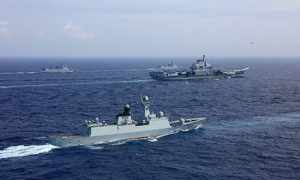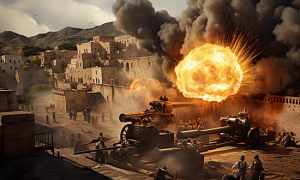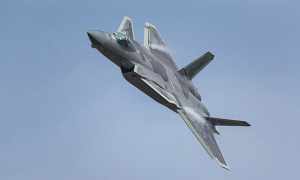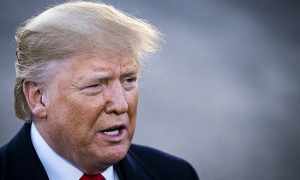柬埔寨一句狠话化解边境危机:中国可否借鉴?
id815 10分 10天前*
eems like people like to pick measures to paint a picture they want to tell. Why use PPP over nominal when comparing the spending power between 2 economies? Using PPP is especially absurd when discussing GDP and military together, seeing as a large proportion of Indian money would be spent on Russian military equipment bought on an open market. I'll paste my other reply in this thread below.
PPP GDP isn't a good measure of economic power that a nation can leverage on the world stage compared to Nominal GDP. Nominal GDP shows the total productive output of a country indexed to USD which provides a better base for comparison than PPP, which adjusts for the cost of living in different countries. While adjusting for the cost of living matters when looking at individual well-being in these countries, in the context of the world stage where many different countries trade on an open market, Nominal GDP is a better measure at how much "ammunition" / spending power each economy has.
I didn't really have a point. I was just refuting OP's point about India being the only "peer" / "rival" that can challenge China, and we had a little debate over what "challenge" actually meant.
似乎像人们总喜欢挑选对他们有利的事实。为什么比较两个经济体之间的消费能力时,用PPP而不是名义GDP?在讨论国内生产总值和军事力量时,使用PPP尤其荒谬,因为印度的大部分资金用于在公开市场上购买的俄罗斯军事装备。我将在下面的回帖中粘贴我的其他回复。
与名义GDP相比,购买力平价GDP不是衡量一个国家在世界舞台上的经济实力的一个很好标准。名义GDP显示了一个为美元为单位的国家的总产出,它提供了一个比购买力平价GDP更好的比较基础,购买力平价GDP根据不同国家的生活成本进行了调整。在考虑到这些国家的个人福祉时,根据生活费用调整很重要。但在许多不同国家在公开市场上进行贸易的世界舞台上,名义GDP是衡量每个经济体有多少“弹药”/消费能力的更好指标。
我不想表达什么,只是反对你印度是唯一可以挑战中国的对手的观点,我们对“挑战”实际上意味着什么有个小争论。
大家都在看
2024-11-22 09:56:55
2024-11-22 10:06:20
2024-11-21 10:24:15
2024-11-21 10:13:52
2024-11-20 09:45:53
2024-11-20 09:34:44
2024-11-18 13:36:26
2024-11-18 13:29:04
2024-11-15 09:42:12
2024-11-15 09:39:10
2024-11-14 10:29:55
2024-11-14 10:22:36
2024-11-13 09:31:22
2024-11-13 09:26:00






























